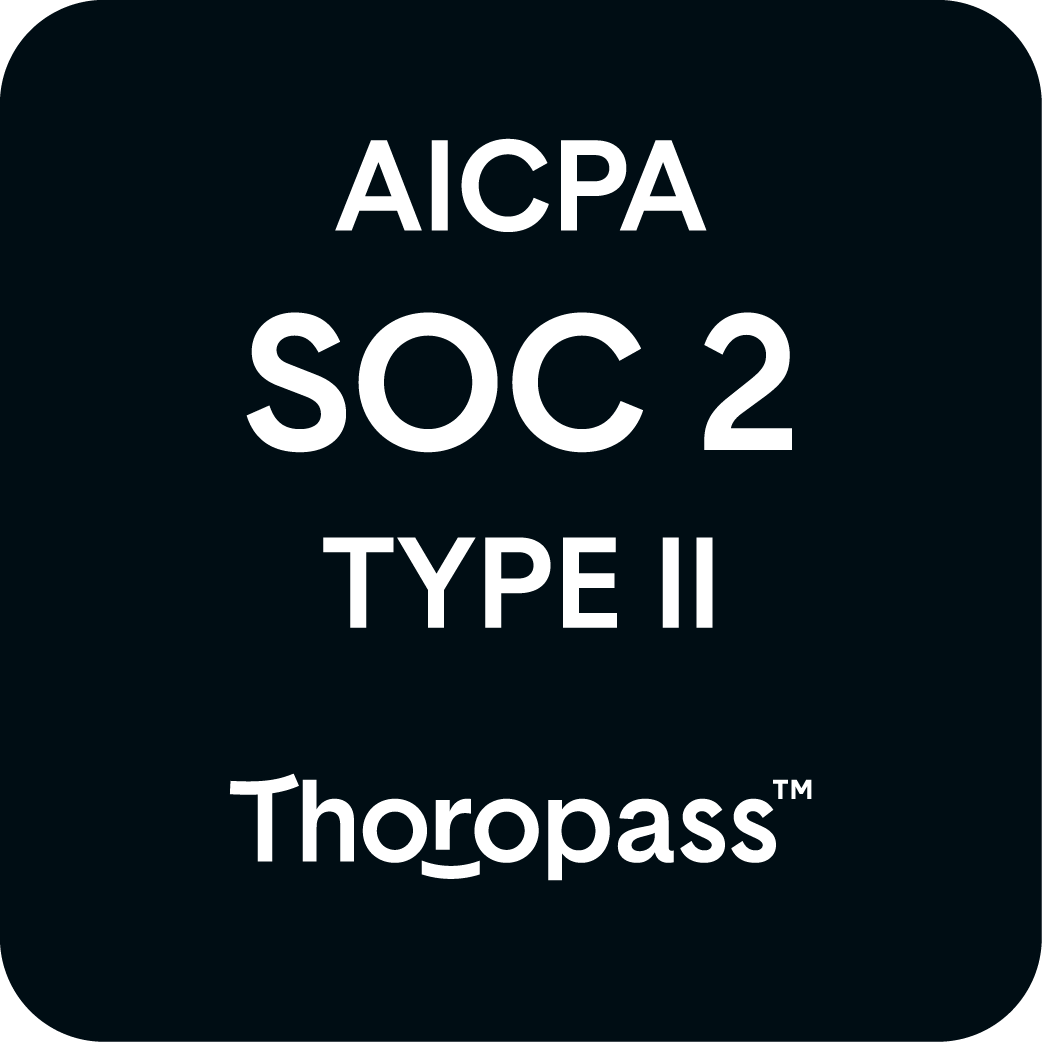Canva promised to democratise design. Make everyone a designer. Break down the barriers between creative vision and execution. For many marketing teams, it delivered exactly that. Until it didn’t.
Creative freedom quickly turns into operational chaos. Teams that embraced Canva for its accessibility now struggle with inconsistent outputs, design debt, and generic content. The tool intended to solve creative bottlenecks has become a bottleneck.
This isn't an argument against design accessibility. It's a recognition that creative enablement without the proper control creates new problems that scale faster than solutions.
Canva's greatest strength is also its greatest weakness. By putting design tools in everyone's hands, it increases creative output exponentially. Marketing coordinators can create social posts. Sales teams can build their own presentations. Regional teams can adapt campaigns locally.
The result? More content, faster timelines, and fewer requests to overstretched design teams.
But volume isn't velocity. Quality matters. Brand consistency matters more.
When everyone becomes a designer, nobody is accountable for design standards. Marketing teams generate assets that drift from brand guidelines. Sales decks appear with fonts outside the brand palette. Social content shows up that looks like it came from a completely different company.
Professional designers get pulled away from strategic creation to fix inconsistent outputs. They become quality controllers instead of creative leaders. Any efficiency gains vanish as creative teams clean up inconsistent work.
This isn't sustainable. Democratisation without quality control doesn't solve creative operations. It just relocates the problem.
Canva's template library contains millions of designs. Millions of users access the same templates. The mathematical outcome is inevitable: visual homogenisation.
The issue isn't templating itself – it's templating without strategic oversight. Brands that pride themselves on distinctiveness find their social feeds looking identical to competitors when teams rely on public template libraries. The same layouts, the same colour combinations, the same visual hierarchy. Uncontrolled template usage creates a race to the bottom of brand differentiation.
Consider the controlled alternative. Professional creative teams harness the full power of native design tools: Figma, Adobe InDesign, Illustrator. But they deploy them systematically. They build modular component libraries and template systems that preserve brand integrity while enabling scale. These aren't restrictive templates; they're intelligent systems that protect brand differentiation.
Templates boost speed, but not if originality disappears. It's brand dilution with a productivity veneer. Public templates optimised for mass appeal will always trend toward generic aesthetics. Custom systems on pro design platforms preserve consistency and keep brands distinctive-scaling creative operations without sacrificing control.
Mature brands understand that creative operations must balance accessibility with authenticity. Tools should enable brand expression, not constrain it to pre-made aesthetic choices.
Individual assets are just the beginning. Modern marketing requires campaign thinking. Connected creative systems. Campaigns with multiple versions. Adapting content across formats and audiences.
Canva excels at single-asset creation but breaks down when creative work needs to think in systems. A social campaign might require dozens of variants across platforms, audiences, and markets. An integrated campaign needs consistent visual language across print, digital, video, and experiential touchpoints.
Campaign work requires version control. Asset relationships. Approval workflows. Creative teams need visibility into how every asset supports the bigger picture. Without these connections, creative work fragments. Teams lose the thread between brand strategy and tactical execution. Assets multiply without strategic cohesion.
Creative freedom without creative governance creates long-term operational drag. Canva provides access but not control. It enables creation but not curation.
Professional creative operations require approval workflows. Asset governance. Version control. Brand compliance systems. These aren't bureaucratic barriers—they're creative infrastructure that enables scalable quality.
Consider what Canva lacks: no approval gates before assets go live, no brand compliance checking, no asset relationship management, no usage tracking, no performance feedback loops.
Without these systems, teams operate in creative chaos. Assets proliferate without oversight. Off-brand content appears without consequence. Creative teams lose visibility into what's being created in their brand's name.
"Ungoverned creativity" feels fast in the moment but creates systemic slowdown. Professional creative teams understand that sustainable velocity requires systematic quality control.
The missing middle between creative access and creative control is where operational maturity lives. Tools must enable both freedom and governance - not force teams to choose between them.
Creative operations maturity follows a predictable path. Teams start with accessibility tools like Canva. They gain creative volume but lose creative control. Eventually, they recognise that scalable creativity requires integrated systems, not isolated tools.
The evolution moves towards professional creative environments that support both creative freedom and operational control. Creative automation that personalises at scale without losing consistency.
Modern creative teams need platforms built for their professional reality. Tools that integrate with existing creative workflows rather than replacing them. Systems that understand the difference between democratising access and maintaining standards.
This isn't about restricting creativity. It's about building creative operations that scale quality alongside quantity. Professional teams working in professional environments with professional accountability.
The future of creative operations combines the accessibility of democratised design with the rigour of professional creative systems. Self-serve creative adaptation with brand and design control intact.
Teams that understand this evolution position themselves for sustainable creative scalability. They move beyond tool-level fixes towards holistic creative operations that serve both creative ambition and operational reality.
See how CreateTOTALLY enables self-serve creative adaptation for marketers while retaining brand and design control. Our platform integrates seamlessly with professional design environments like Figma and Adobe Creative Cloud, supporting the workflows that power real brand execution. We help teams scale creativity without compromising quality, consistency, or control.
Product
Use cases
Integrations
© 2025 CreateTOTALLY. All rights reserved.
